SEALS AND SEA LIONS are marine mammals known as pinnipeds; there are 33 species worldwide. All are carnivores that hunt at sea – often for fish and squid – and breed on land; mostly in large, noisy colonies.
The Australian sea lion and Australian and New Zealand fur seals are the only species that breed on and around Australia’s mainland and nearshore islands. These and the Antarctic and subantarctic fur seals – which breed on Australian subantarctic islands – belong to the ‘eared’ pinniped family: all have small outwardly visible ears.
The other five pinniped species recorded in Australian territory belong to the ‘true seal’ family: they have no outward ears and, because of their forelimb structure, move more clumsily on land. The six species shown here either breed in Australia or are occasional visitors to our waters.
Australian fur seal
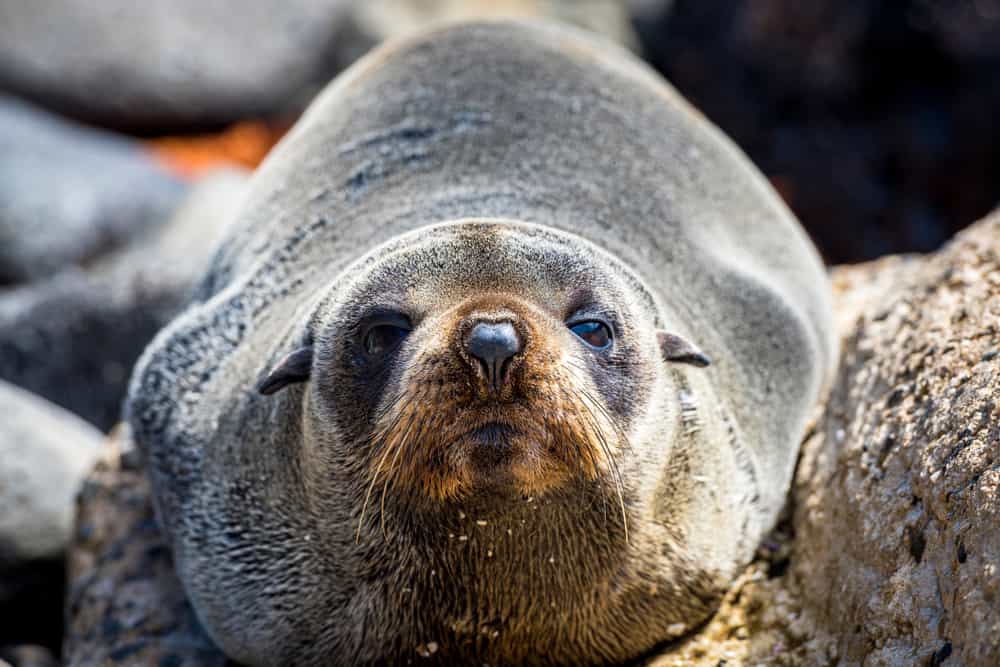
Distribution: The islands of southern Victoria, Bass Strait, Tasmania and SA but as far north as the NSW mid north-coast.
This is the largest of the world’s fur seals, with mature males often weighing more than 300 kg. As with most pinnipeds, females are considerably smaller, usually reaching weights of between 50 and 110 kg. This is a subspecies of the South African fur seal.
Australian sea lion
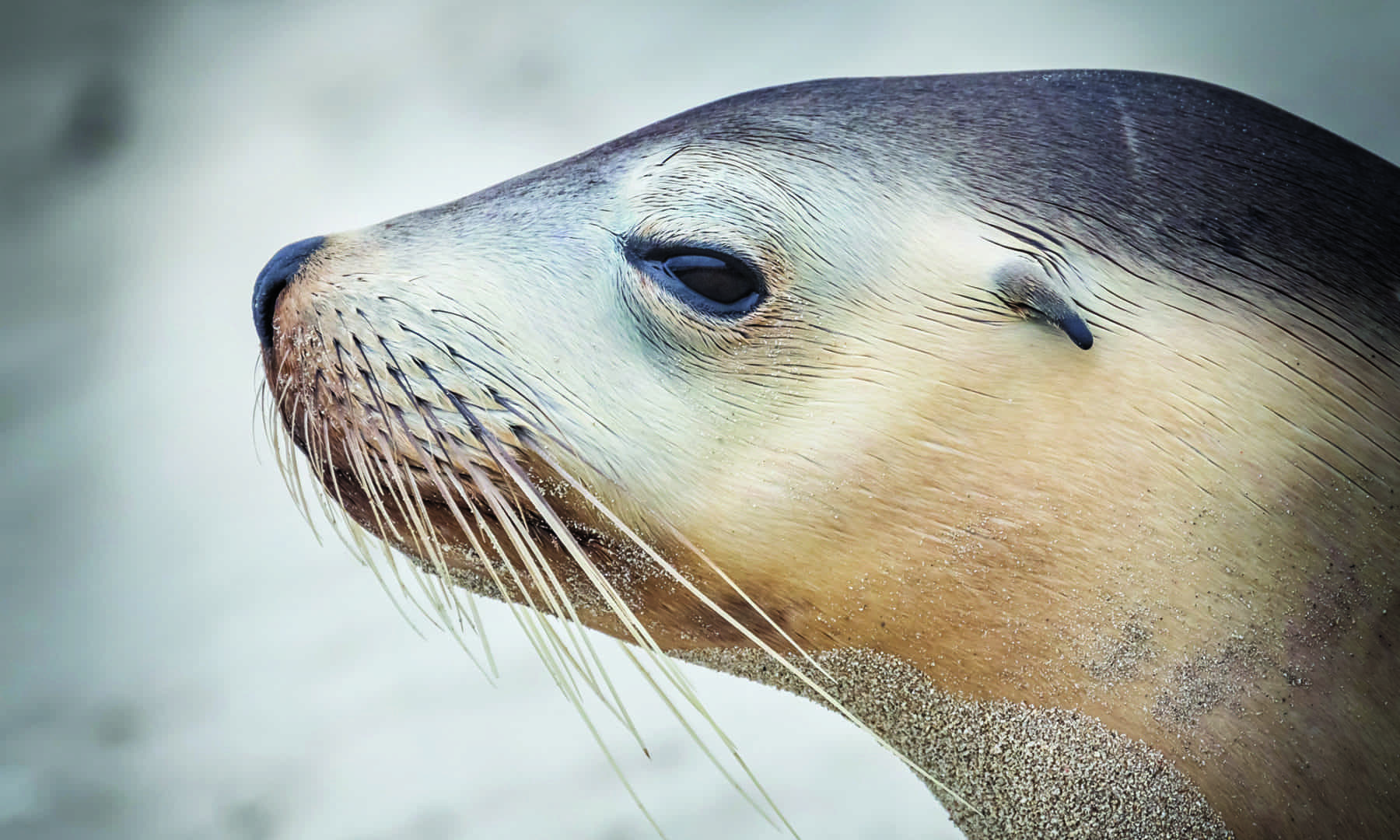
Distribution: Breeding distribution extends from the Houtman Abrolhos islands off WA’s south-west coast to the Pages Islands in south-eastern SA.
Before commercial sealing, this species was found right along Australia’s southern coastline but it is now restricted to the offshore islands of WA and SA. Females, which return to breed at the colonies where they were born, are a silver-ash colour and reach about 80 kg in weight. The more chocolate-brown males can weigh up to 300 kg. Pups are born with a chocolate-brown coat that moults after about five months.
Southern elephant seal
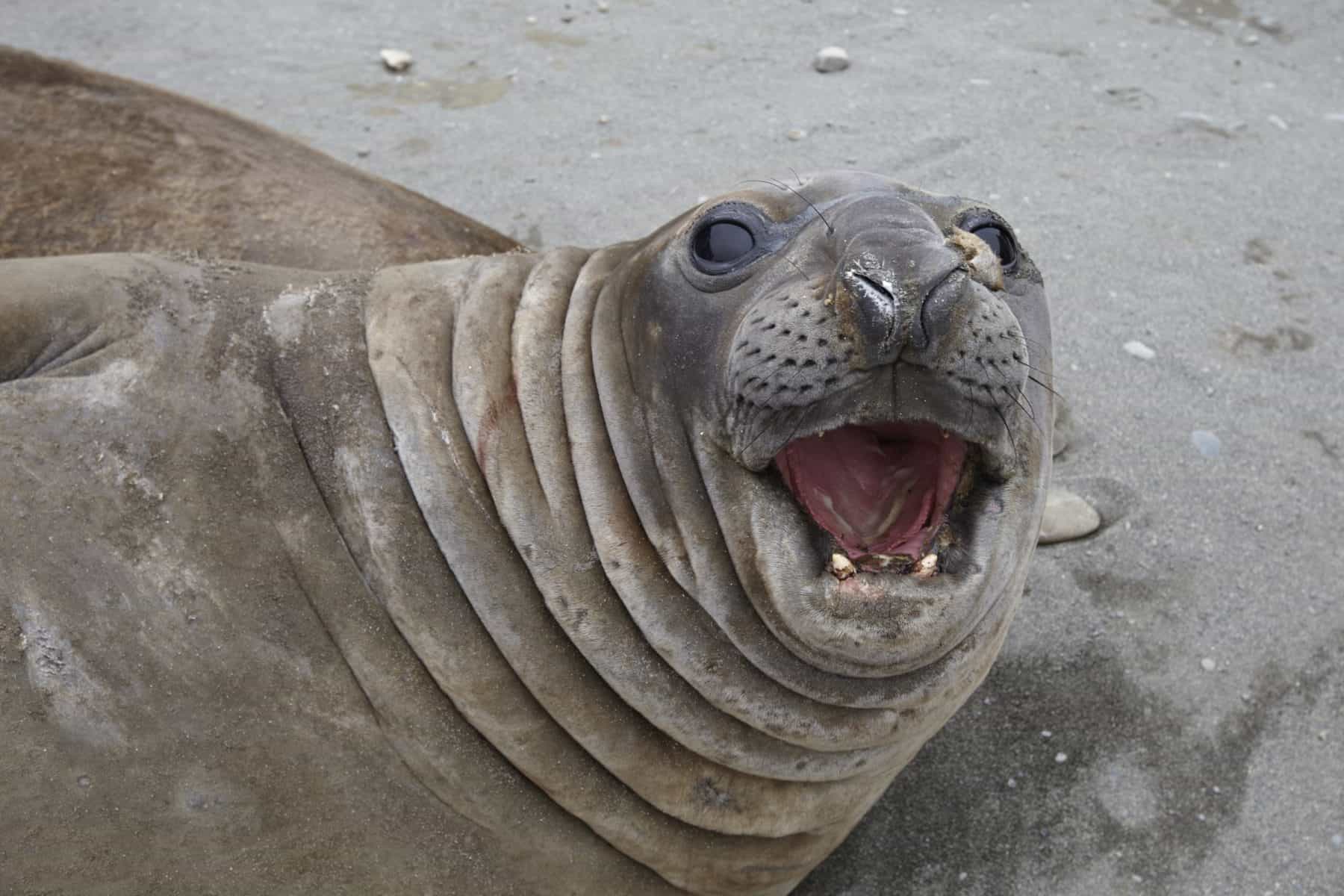
Distribution: Subantarctic islands.
The southern elephant seal belongs to the ‘true seal’ family. It breeds on subantarctic islands and is the largest of all pinnipeds, with males reaching 2–4 t and females almost 1 t. An adult male’s blubber can be 10 cm thick and in commercial sealing days one individual could yield up to 400 L of oil. Once hunted to near extinction, the global population is now about 750,000 but undergoing a poorly understood decline.
New Zealand fur seal
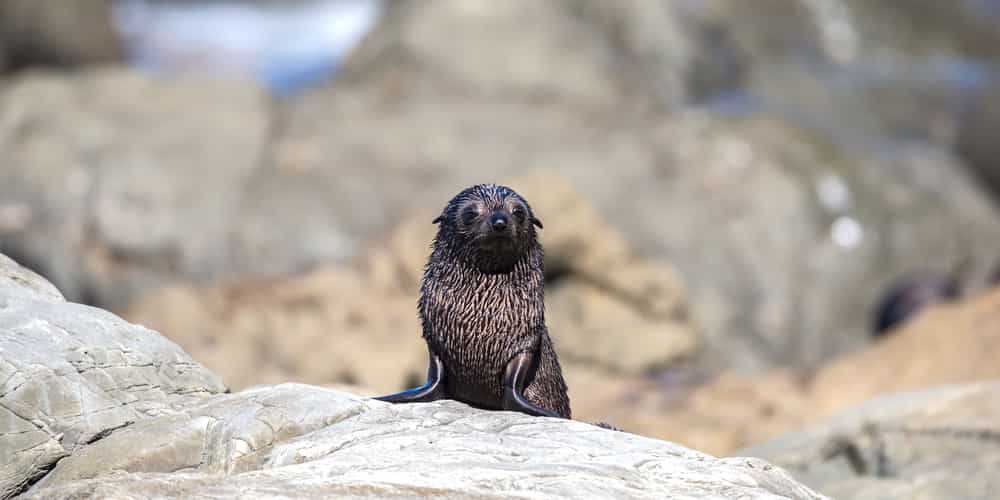
Distribution: This seal breeds mostly in WA, SA and New Zealand but Victoria and Tasmania also have small breeding populations.
Looks similar to its Australian cousin, but is smaller with a darker brown coat. Adult males can reach weights of up to 180 kg while females usually weigh less than 50 kg. As with other pinniped species, the main threats to adults – apart from humans – are orcas and sharks, notably great whites.
Leopard seal
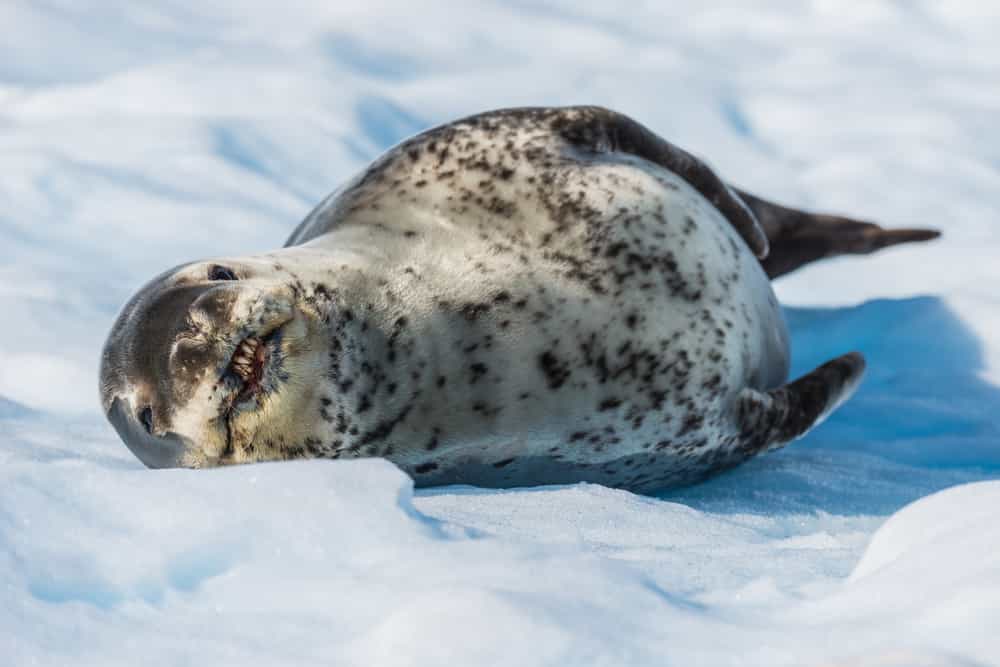
Distribution: Although they breed in Antarctica they’re occasionally seen off the southern Australian mainland and Tasmania.
Lobed cheek teeth allow leopard seals to filter krill (tiny Antarctic crustaceans) from the water. But they also have well-developed canines and are aggressive hunters with a diet that includes other seals and marine birds. The coat is dark to silvery grey with black spots. Females weigh up to 600 kg and, unusually for pinnipeds, males are slightly smaller.
Subantarctic fur seal
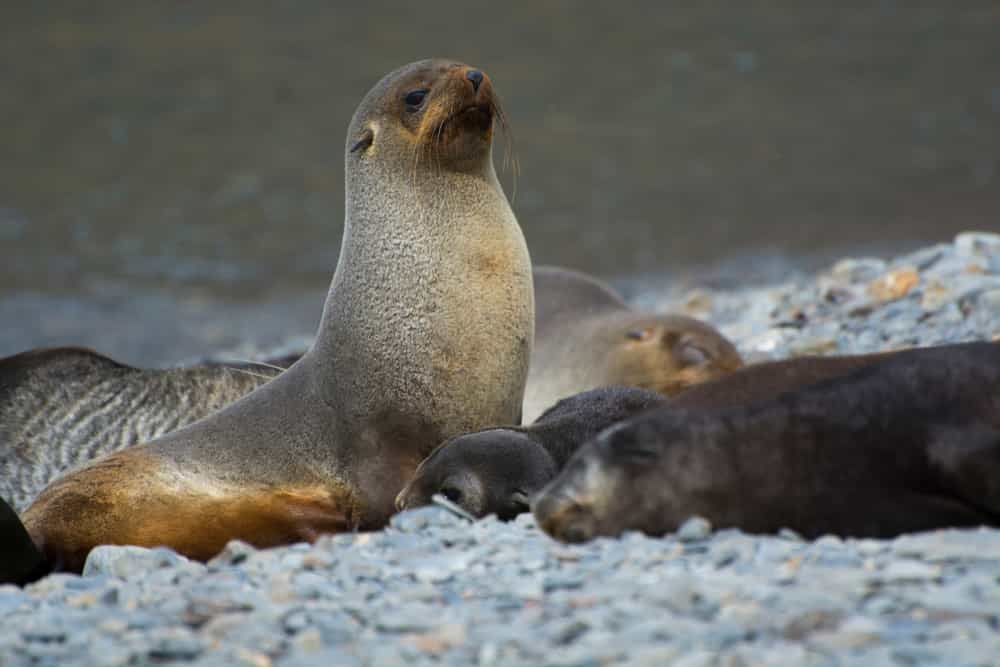
Distribution: Breeds on subantarctic islands but is an occasional visitor to southern Australian waters.
Male subantarctic fur seals haul out on the rocky shores of breeding grounds on subantarctic islands ahead of the November/December arrival of females, to form territories. They defend these with noise, bluff and, when needed, fighting. Females give birth to a single black-coated pup within a few days of arriving at the colony and mate about a week later. Adult males reach about 130 kg; females about 45 kg.



